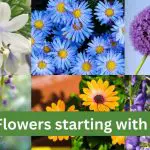Last Updated on February 2, 2023 by Derek
How Many Varieties of Olive Trees Are There?
There are many hundreds of olive trees in the world, but only about 150 of them are commonly cultivated for human consumption. All the olive varieties have different tastes due to various factors such as polyphenol content, climatic conditions, soil, and time of harvesting, among other factors.
The only visual distinguishing feature between olive varieties is the color; some are black, green, or brown. It is easy to assume that black and green olives are different types. It is a myth; all olives start as green and then ripen to various darker colors, including black.
Green olives mean that they were harvested before ripening, the reason why they are more bitter than black ones.
Are All Olives Edible?
All olives are edible once they are cured, meaning you cannot eat them raw. Fresh olives from the tree contain the bitter oleuropein and make the fruit unpalatable. As much as raw olives are incredibly bitter, they are non-toxic to humans if eaten.
There are simple ways you can make olives less bitter and edible.
Water – oleuropein compound is soluble in water, and soaking the olives in water allows it to leach out through osmosis. You can accelerate the process by slightly rapturing the fruits. Also, you need to change the water regularly to maintain the concentration gradient.
Removing oleuropein from olives takes several weeks, after which you have to eat them immediately as they might not last long. You can also use brine (salt solution) or lye in place of water.
Is There a Miniature Olive?
Little Ollie is a miniature or dwarf olive tree that is evergreen and does not bear fruits. It is a shrub form that can grow as a single plant or line up to form a lovely olive hedge. It displays a graceful multi-branching growing habit.
The USA miniature ollie cultivars are particularly valuable along street sides, and driveways since other less heat-hardy varieties would never survive in such sites.
10 Types of Olive plants
If you are looking for the best olive plant varieties to grow, here are some options to choose from; there are more.
Arbequina Olive
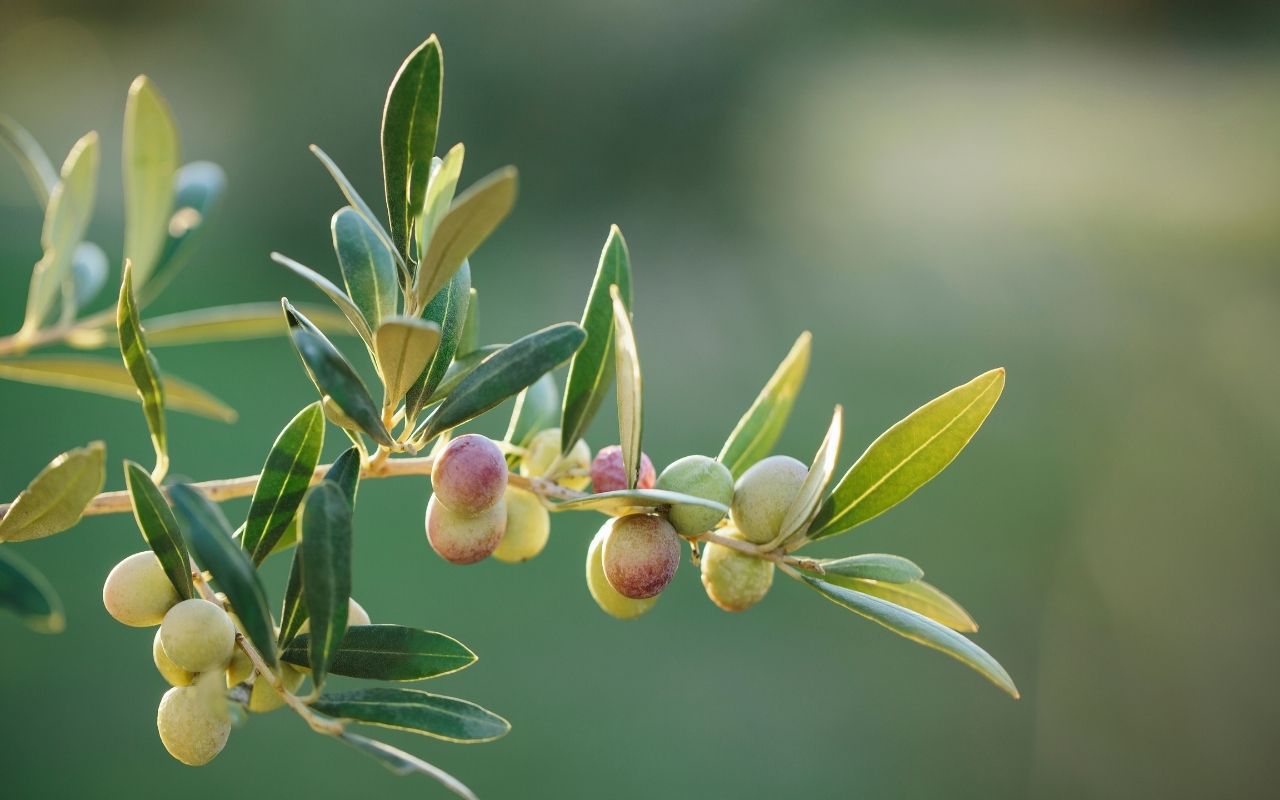
Arbequina olives are among the most valuable olives among olive lovers. It is a low-maintenance plant that produces bumper crops rich in antioxidants. The versatile black olives come as early as the second year of the plant’s growth.
Here are interesting facts about this tree.
- It is self-pollinating and can bear fruits for 2 to 4 years
- Its bumper antioxidant-rich crops are the best for oil
- It produces fragrant creamy white blossoms
- It is drought-tolerant.
- It attains a mature height of 15 to 20 feet
The following are the ideal growing conditions for arbequina olive.
- Its favorable hardiness zones are 8 to 10 outdoors and 4 to 7 indoors or on patio
- They appreciate full sun and at least 6 hours of unfiltered sunlight exposure a day. they can tolerate partial shade, but their fruit yield will be lower
- They can survive on a wide range of soil types but prefer mostly well-draining alkaline soils
- They require regular watering after planting to help them develop a deep root system.
Mission Olive Plant
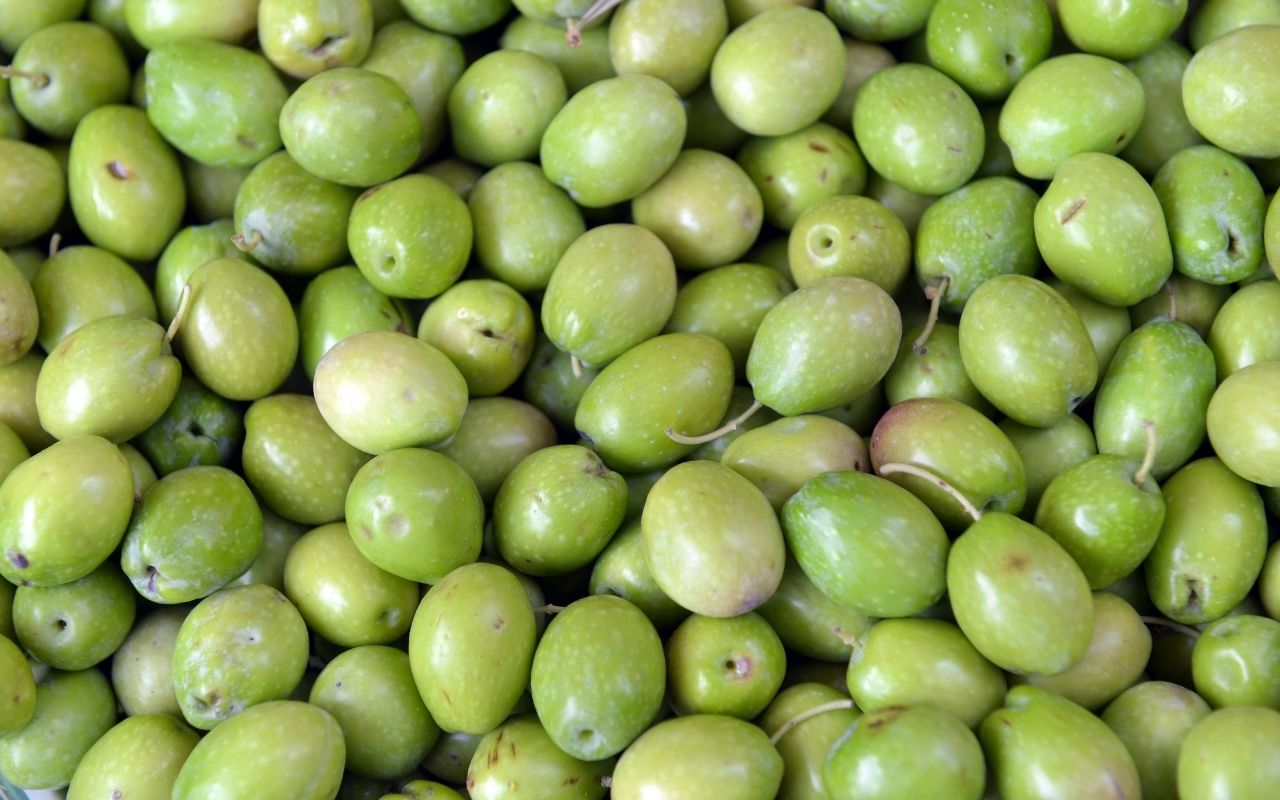
A mission olive is a more cold-tolerant variety than any other olive and is native to Spain but grows mainly in California. It thrives best in hardiness zones 7 to 9. Below are the growing conditions of the mission olives.
- It can grow up to 20 to 30 feet tall and 15 to 18 feet wide on the ground but maintain a smaller manageable size growing season after season when indoors
- It takes 3 to 4 years to bear fruit
- It yields better fruit in full sun exposure
- It can grow in well-drained nutrient-deficient soil. It accepts sandy, loamy, or clay soils with a neutral, acidic, or alkaline pH
Here are the fun facts and uses of this plant.
- It produces inconspicuous white blooms in spring that develop into green olives in fall
- It flaunts a grey-green and silver foliage
- Young mission olive trees will need more water to establish
Wilson Olive tree (Olea europaea)
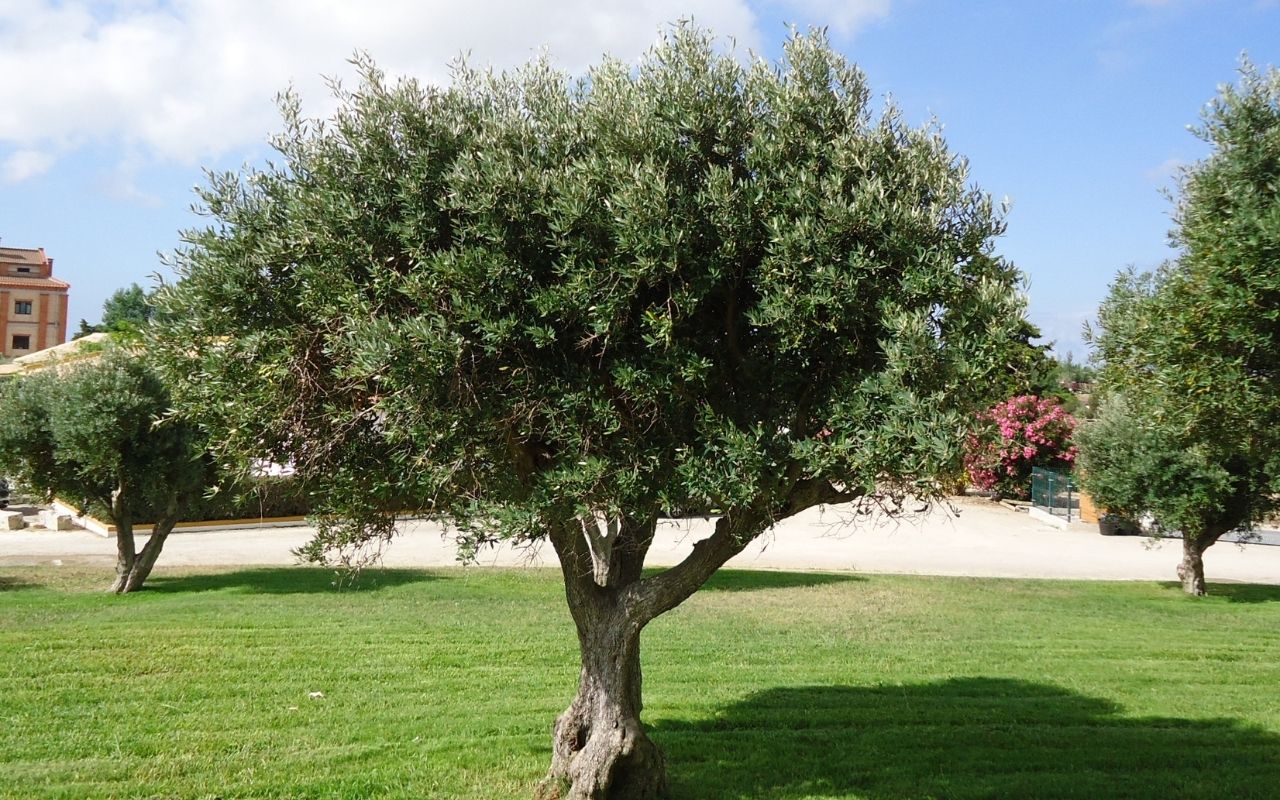
It is an easy-to-grow evergreen tree perfect for shade but bears no fruits and is native to the United States. It prefers hardiness zones 8 to 11 and is hardy to temperatures of 20 to 30 degrees F. Below are facts and growing conditions for the Wilson Olives.
- With the right conditions, it can reach 20 to 25 feet in height and spread its canopy up to 25 feet
- It thrives in well-drained nutrient-poor sand, clay, or loam with alkaline, neutral, or acidic pH
- It yields best in full sun
- Container plants and young ones require more water to establish before becoming drought-resistant
Picholine Olive Tree
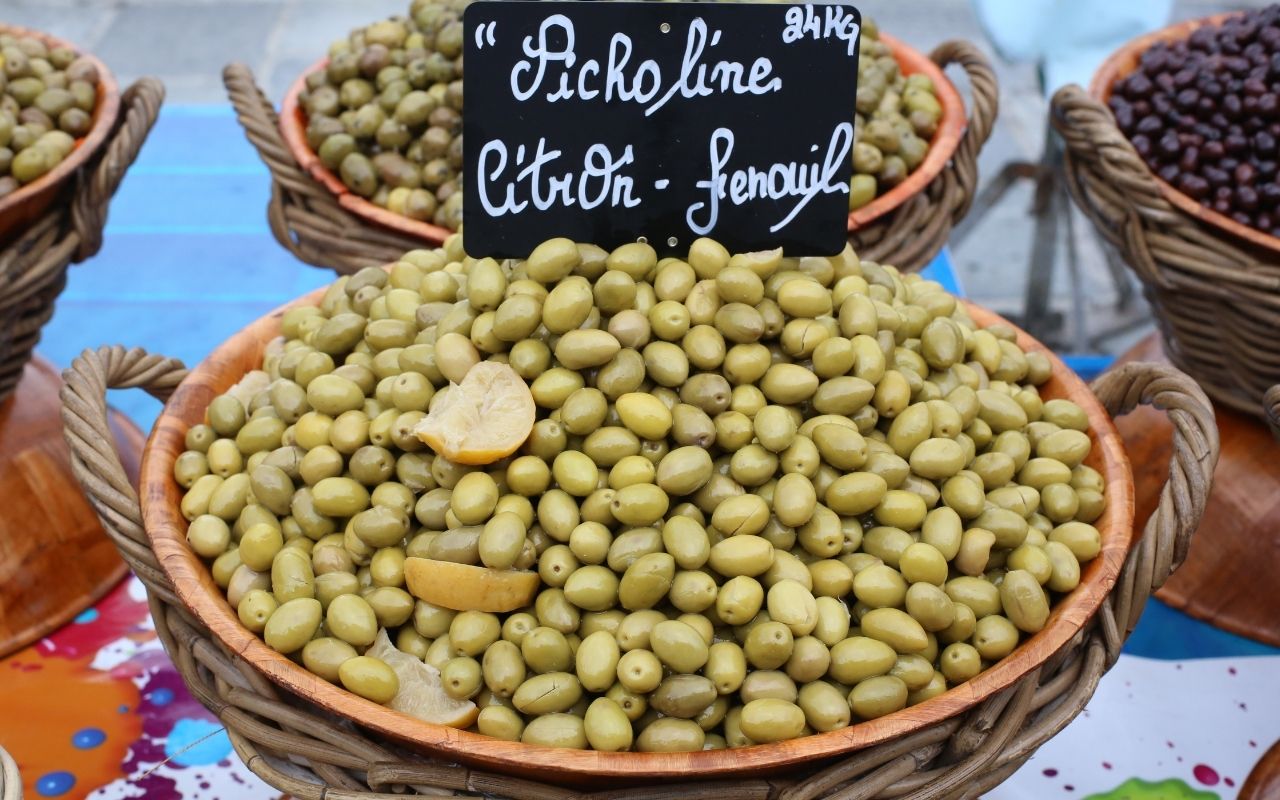
It is an olive variety native to southern France and ideal for planting in containers. The fruits are best eaten green but turn black when ripe and fit to produce oil.
- Its mature height is 20 to 30 feet in hardiness zones 8 to 10
- It can grow perfect in poor, well-drained sand, loam, or clay with a neutral, alkaline, or acidic pH
- It requires regular watering when young to establish
- It flourishes and yields the best fruit in full sun
- Picholine olives are crunchy with a nutty, spicy flavor and produce mild-flavored oil.
Frantoio Olive Plants
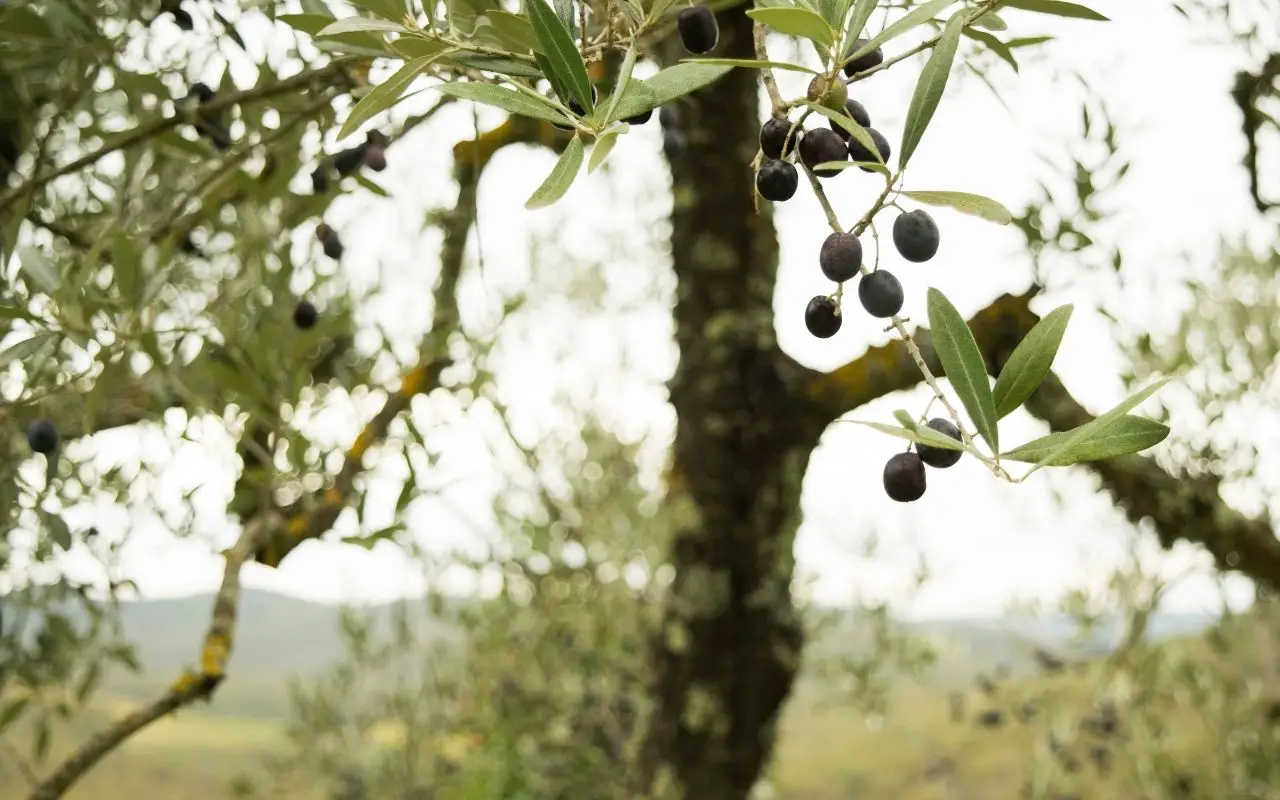
Frantoio olive grows perfectly well in milder climates but does not tolerate extreme heat and cold as do the Spanish olive varieties. It is a moderate grower and has an even wispy and airy canopy and is highly productive, and grows more like a tree than a bush under the right conditions.
- Its favorite hardiness zones are 8 to 11
- It readily grows in well-drained poor sand, clay, or loam with a neutral, acidic, or alkaline pH. Like other varieties, it can grow in hot and rocky sites
- It prefers full sun, and it can withstand fog
- It can reach a mature size of 20 to 25 feet in height and spread its canopy up to 20 feet
Manzanilla Olive
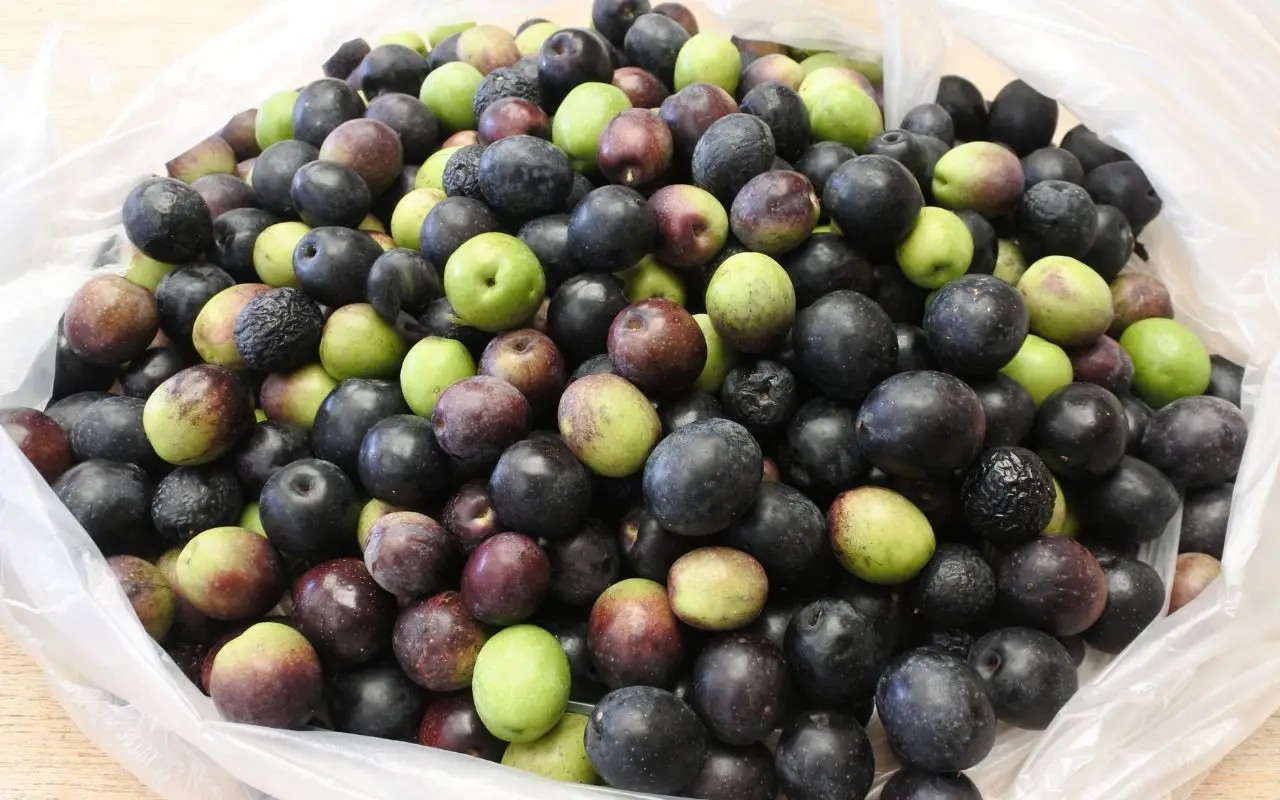
It is the most valuable Spanish olive cultivar, and it is famous for its notable shape of the fruit, quality of the flesh, and ease of removing its pit. The fruits are excellent as table olives and for oil production.
- The fruit is green when raw and turns black as it ripens
- The plant can grow up to 25 to 30 feet tall and spread its canopy up to 25 feet
- It loves full sun and hardiness zones 8-10
- It flourishes in well-drained, poor sand, clay, or loam with a neutral, alkaline, or acidic pH
- It bears white flowers in late spring.
Kalamata Olive
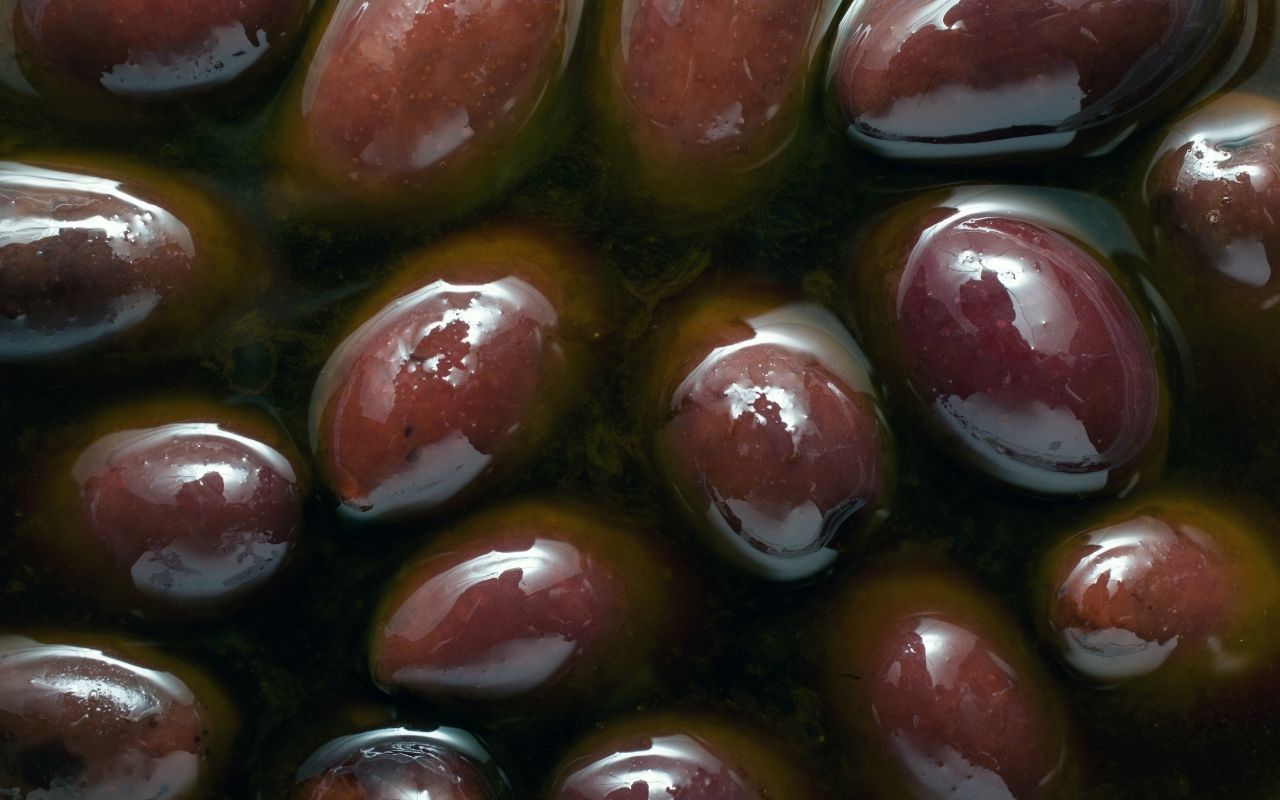
Kalamata tree is a famous olive cultivar that bears lovely deep reddish-purple or brown olives. The fruits are cured in red wine vinegar to give a soft, fruity, and slightly bitter taste.
- The fruits are small and almond-shaped, and the oil is slightly bitter and fruity
- It matures at 20 to 25 feet in height, and 25 feet canopy spread
- It grows in full sun and hardiness zones 8 to 11
- It thrives in well-drained acidic, alkaline, or neutral soils
Montra Olive
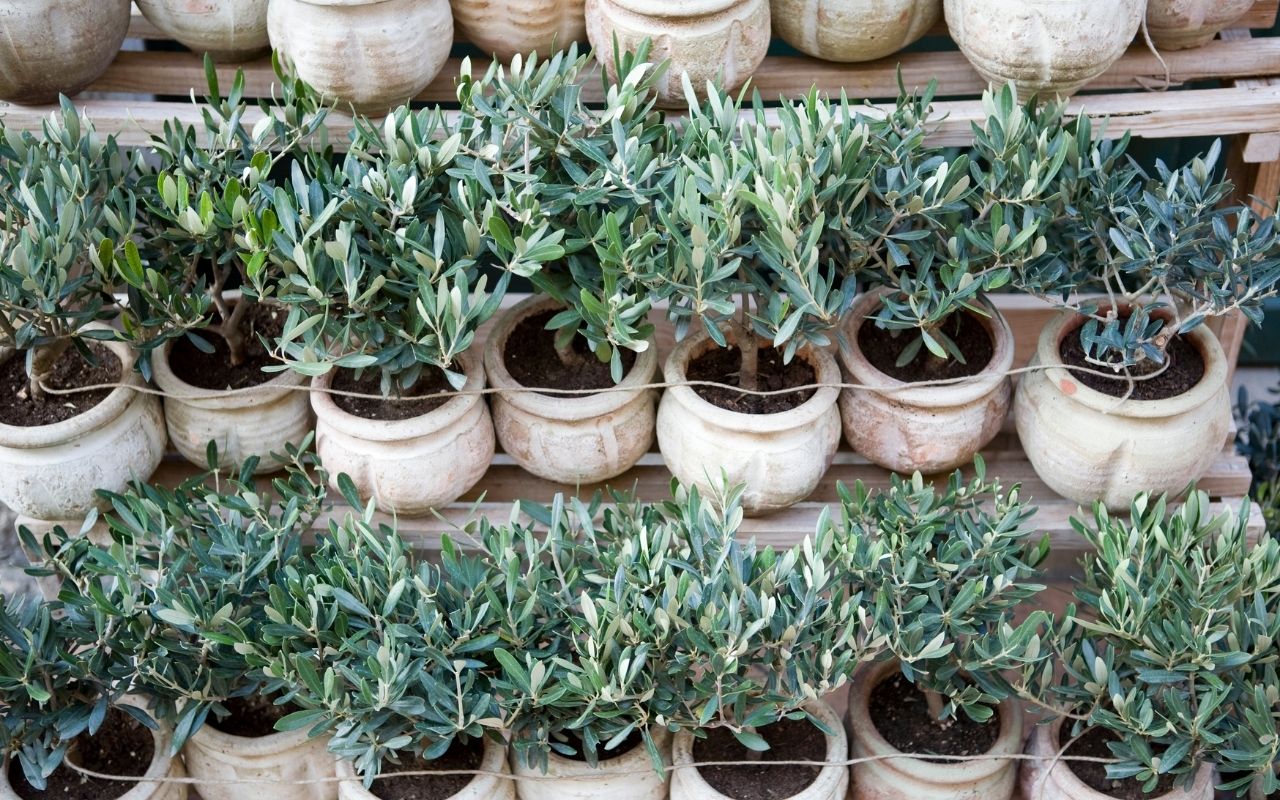
It is also called little olive, and it grows as a multi-stemmed bush. It has dark green leaves and does not bear fruits. It grows up to 6 to 8 feet tall, and you can trim it to the width you like.
It grows in well-drained acidic, alkaline, or neutral soil, appearing brighter in deep rich soil. It appreciates full sun.
Niçoise Olives
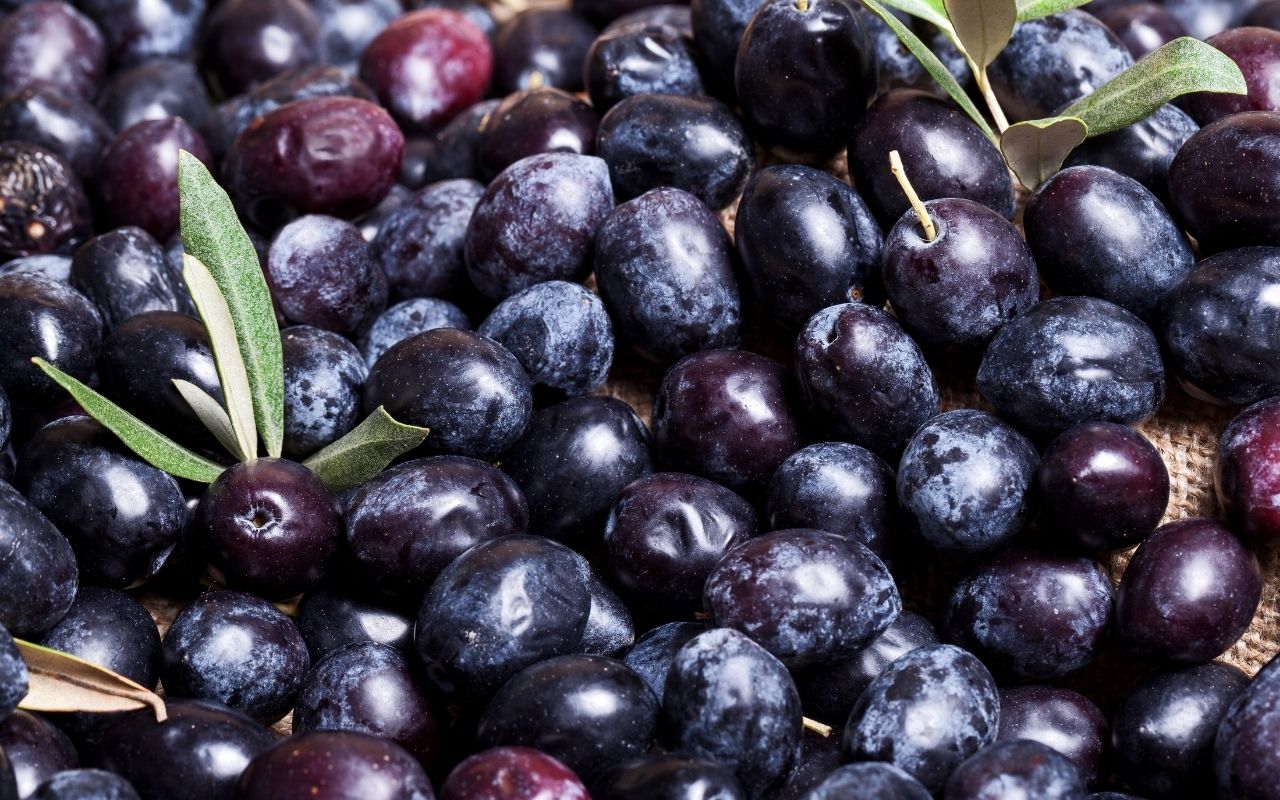
It is a vigorous cold-tolerant variety native to France. It is drought-resistant and grows with its branches drooping downwards.
- It grows best in hardiness zones 8 to 9
- It attains a mature height of 25 to 30 feet and starts bearing fruits within 2 to 4 years of their growth
- It performs best in hot summers but can also tolerate coastal conditions
- It can grow in winter temperatures between 22 to 25 degrees F, but above 32 degrees F will kill green fruits. Any winter temperatures above 50 degrees F inhibit fruiting
- Plant this tree in well-drained alkaline soil with a little fertilizer
- The fruits are small and ovoid and contain high oil content. The oil from Niçoise olive has a delicate taste
Gordal Sevillano Olive

It is an evergreen plant with tiny dark green leaves that display a willow-like airy effect. It produces an open canopy and a graceful, bent trunk as it ages. The fruits are plump and round, weighing about 6 grams.
- It prefers well-drained soil with a neutral, acidic, or alkaline pH and can survive in hot and rocky sites
- It requires full sun for maximum blooming and fruiting
- It thrives in hardiness zones 8 to 11
- It can grow 30 feet tall and spread up to 25 feet
Here is a summary of different varieties of olive trees:
| Olive Variety | Fruit color | Growing conditions |
| Amfissa | Brownish-purple | It gives better yields in well-drained soil and full sun. |
| Castelvetrano | Bright green | It flourishes in well-drained soil and a half-day of full sun. |
| Alfonso | They are large and red to deep purple | It yields well in full sun and well-drained soil. |
| Picholine | They are torpedo-shaped and French green | It prefers full sun and well-drained alkaline, acidic, or neutral soil |
| Arbequina | Black | They prefer at least 6 hours of sun a day and well-drained alkaline soil. |


